Royal Marines have conducted a simulated invasion of Sweden during a large-scale exercise designed to test Sweden’s defensive capabilities.
The exercise, held in the Gothenburg Archipelago, demonstrates the strengthening ties between the United Kingdom and Sweden, now a NATO ally.
The Gothenburg Archipelago, located off Sweden’s second-largest city, Gothenburg, is a crucial gateway to the Baltic Sea. The defence of this strategic area, along with Sweden’s 2,000-mile coastline, is managed by the 4th Amphibious Regiment, based in Gothenburg. This regiment is equipped with area-denial weaponry, Hellfire missiles, and sea mines.
Royal Marines from the Arbroath-based 45 Commando unit led the operations to challenge Sweden’s defences during Exercise Borealis. The exercise featured two realistic raids. The first raid involved 45 Commando’s X-Ray Company, supported by assault engineers from 59 Commando Royal Engineers and a reconnaissance team from 30 Commando, simulating an attack on Gothenburg Port to disable critical infrastructure.
This was followed by a six-day battle in the northern Gothenburg Archipelago, where 45 Commando worked to dismantle defence systems to allow a larger force to enter. Major Luke Norkett, commanding officer of X-Ray Company, emphasised the relevance of these operations for the Royal Marines.
“The final scenario is highly relevant for the Royal Marines, mirroring the likely tasking in the event of large-scale warfare, acting as an advanced force to enable follow-on forces with greater mass and capital ships entry into an area of operations,” he said in a press release. “The deployment demonstrates the high value the UK places on its relationship with Sweden, understanding and operating with an important Joint Expeditionary Force partner.”
For the first time, Sweden’s Combat Boat 90s (CB90s), capable of carrying 18 troops and reaching speeds of nearly 50mph, worked alongside the Royal Marines’ inshore raiding craft (IRC). The CB90s towed the smaller IRCs for stealthy long-route landings. Additionally, front-line medics from both nations collaborated on mass-casualty scenarios and improved casualty evacuation procedures.
Exercise Borealis serves as a precursor to NATO’s largest annual exercise in the Baltic, known as Baltops, scheduled for later this month.


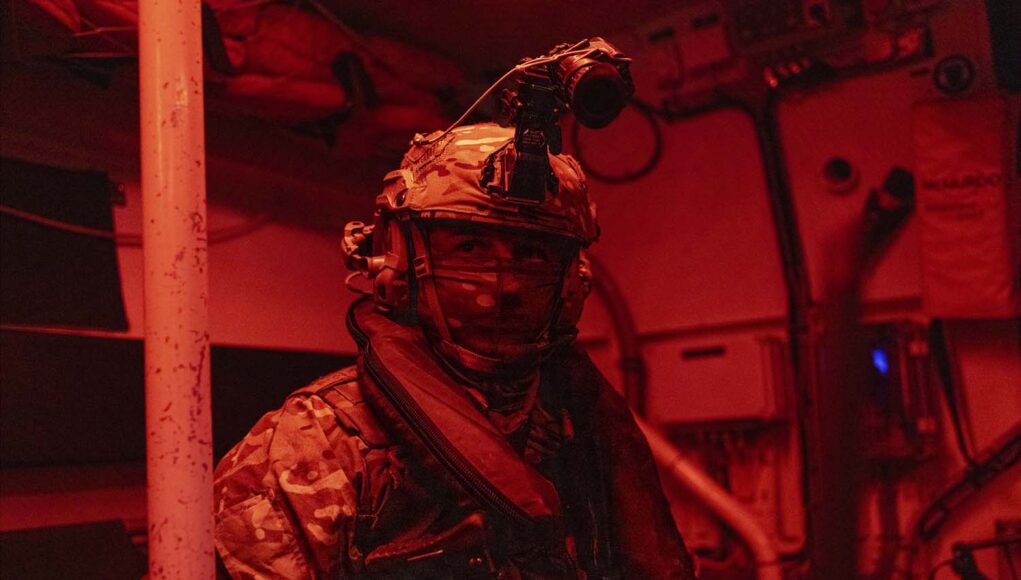



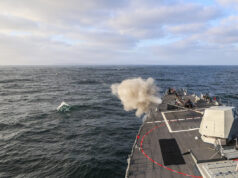
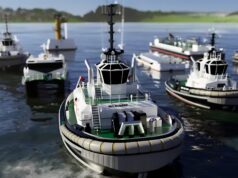

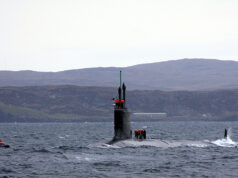
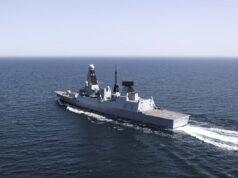

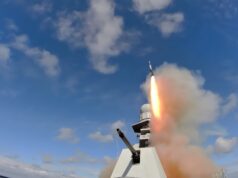

how come Proteus has a K prefix?
I served alongside Swedes in UNFICYP in 1981; very effective unit. So glad they are now with us in NATO.
Well it didn’t today because of IT.
Who knew Windows update can cripple NATO.
Hi folks hope all is well.
Blimey, we do appear to be very busy. Troops and armour in Poland and this exercise as well. I was led to believe by main stream media that we are useless and are so small and irrelevant! Obviously I know different. Good to see our military on such deployments, and is good and positive to our allies. Shame media don’t report as much. The would if our equipment failed.
Cheers
George
Very busy indeed ,we do have the job in hand just not enough of us 🍺🇬🇧
Of course we are busy. Our military is usable, not for show, unlike many others.
Quite right of course no need to show off!
Finally we take the fight to the IKEA homeland
But the big question is: which side won? 🤔
So, asking for a friend, who provided and what was the larger follow on force that the RM prepared the way for…?
Don’t want to take away from their good work, but you just end up with a cold version of Arnhem set in a port rather than at a bridge if you don’t have anything to follow up the initial strike with.
Does this count as meaning the UK has finally invaded Sweden?
Probably not the smartest choice to disclose this information so publicly, basically telling the enemy what Swedens strengths and weaknesses are which could provide them with ideas on different ways to strike an invasion